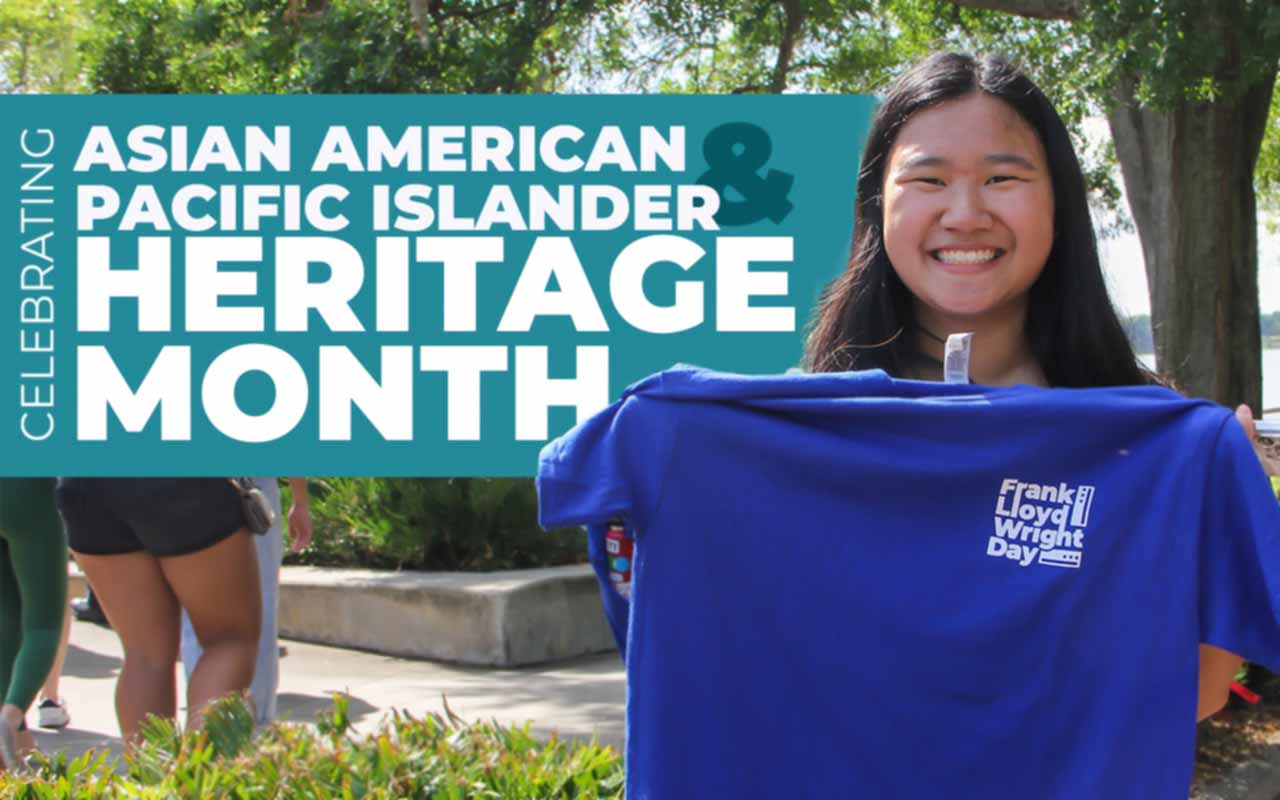
Sidney Zhao ’26 Discusses a Kaleidoscope of Cultures
May 10, 2023

Both of Sidney Zhao’s parents immigrated to New York from China’s Fujian Province, making her and them 100 percent Han Chinese. Her parents later moved to the suburbs of Chicago then to Addison, Ill., which became secondary education mathematics major’s hometown.
Zhao ’26 is the co-founder and vice president of the Secondary Educators Association. She is a member of Mocs and Mentors, which is the School of Education’s mentoring program. She volunteers with the Association of Campus Entertainment and is co-creative director and member of the Asian Pacific Islander Student Association.
Cultures Within the Culture
It was not until recently that Zhao realized she could be proud of her Asian heritage.
“Personally, I was never encouraged to celebrate my culture when I was little,” Zhao said. “I always felt embarrassed about it until recent years. Although I do not have any specific celebrations [planned] for AAPI Heritage Month, I have begun to embrace my culture more, like talking about more obscure holidays that I celebrate, or sharing and learning about cultures with other AAPIs.”
The Han ethnicity is the largest of the 56 ethnic groups in Zhao’s ancestral home of China, making up over 90 percent of the population. Each Chinese ethnic group has its own culture, customs, style of dress, and more.
“One thing I personally find very interesting is the various cultures and ethnicities within China.” Zhao said. “I am Han Chinese, but there are many more ethnic groups within the country, like the Zhuangs, Manchus, Miaos, Uyghurs, Koreans, Mongols, etc., each with their own traditions, regions and even languages. Many are overlooked as everyone from China has been clumped together, so I think being more aware of the ethnicities within encourages more to celebrate their unique differences. For example, Suni Lee, Olympics gymnastic gold medalist, is Hmong American and fiercely proud of it which shines a light on Hmong and Miao people.”
Zhao shared that diversity within the culture is found in the different provinces.
“Both my parents are from the Fujian province in China which has different cultures from the surrounding provinces, like Guangdong or Sichuan,” she said. “Food, holidays, traditions, folklore, all vary throughout the entire country of China.”
An example is provinces closer to the sea incorporate seafood into their food, while provinces like Sichuan use more native Sichuan peppercorn and salt because they were once a big producer of salt in China.
Different Languages, Similar Stories
Language is another variation among provinces.
“Although Mandarin is the official language of China, each region has its own dialect or language,” Zhao said. “The most well-known is Cantonese, mainly spoken in the Guangdong province and Hong Kong.”
She says her grandparents can only communicate in Fujianese, the dialect of Fujian, like many others who grew up in more rural areas because they are so removed from mainstream China.
“It’s incredible to me to think about the massive population of China and how culture varies region to region based on factors of geography and resources,” Zhao said.
One commonality among the groups is folktales.
“I think the folktales and traditions of Asian cultures are very interesting,” Zhao said. “I recently talked to some members of APISA about these folktales, and I have found that they are surprisingly similar despite being from different Asian cultures.”
Zhao remembers her mom telling her tales of rabbits on the face of the moon and why they celebrate certain holidays with certain foods.
“I’m a sucker for folk stories, so I love hearing about them from my mom and reading them,” she said. “I’ve also been trying to connect more with my culture and trying to fully celebrate and learn about the different holidays. There are some interesting stories and delicious foods that go along with them. I also think the fascination with the moon is an interesting and unique difference between Asian cultures and more sun-based cultures, like Egyptians or Aztecs.”
Zhao thinks Asian Americans and Pacific Islanders exist “under the radar” despite their many contributions to the U.S. and the world. She feels taking a month to highlight and celebrate the people of Asian American and Pacific Islander heritage could be a springboard to discovering and recognizing more influential AAPI persons. Highlighting the culture is important for spreading awareness of the cultures under the umbrella of Asian American and Pacific Islanders.
“Over the last few years, the rise of anti-Asian hate crimes has caused us to hide our culture, in my opinion,” Zhao said, “but AAPI Heritage Month encourages us to celebrate who we are and be proud of our heritage.”